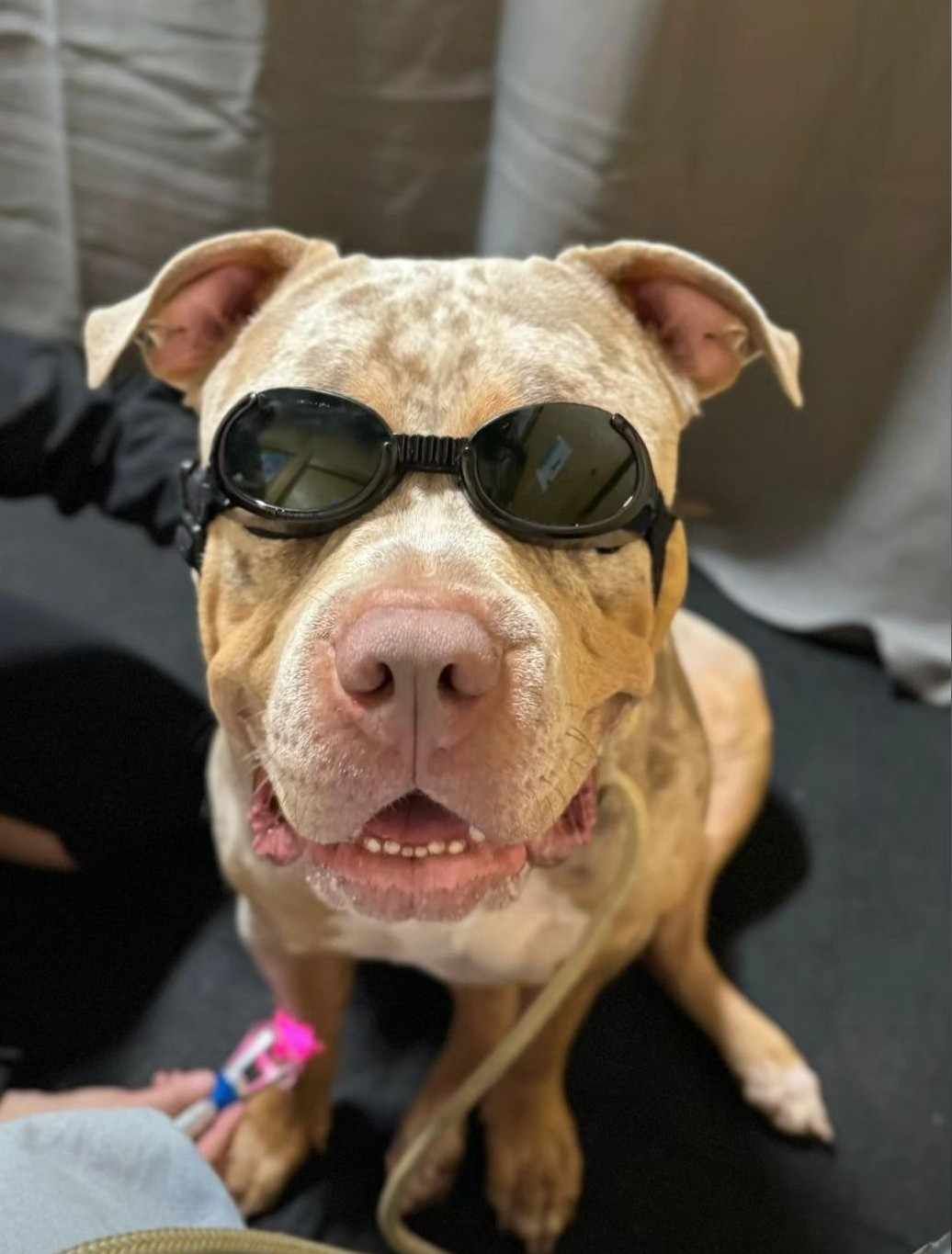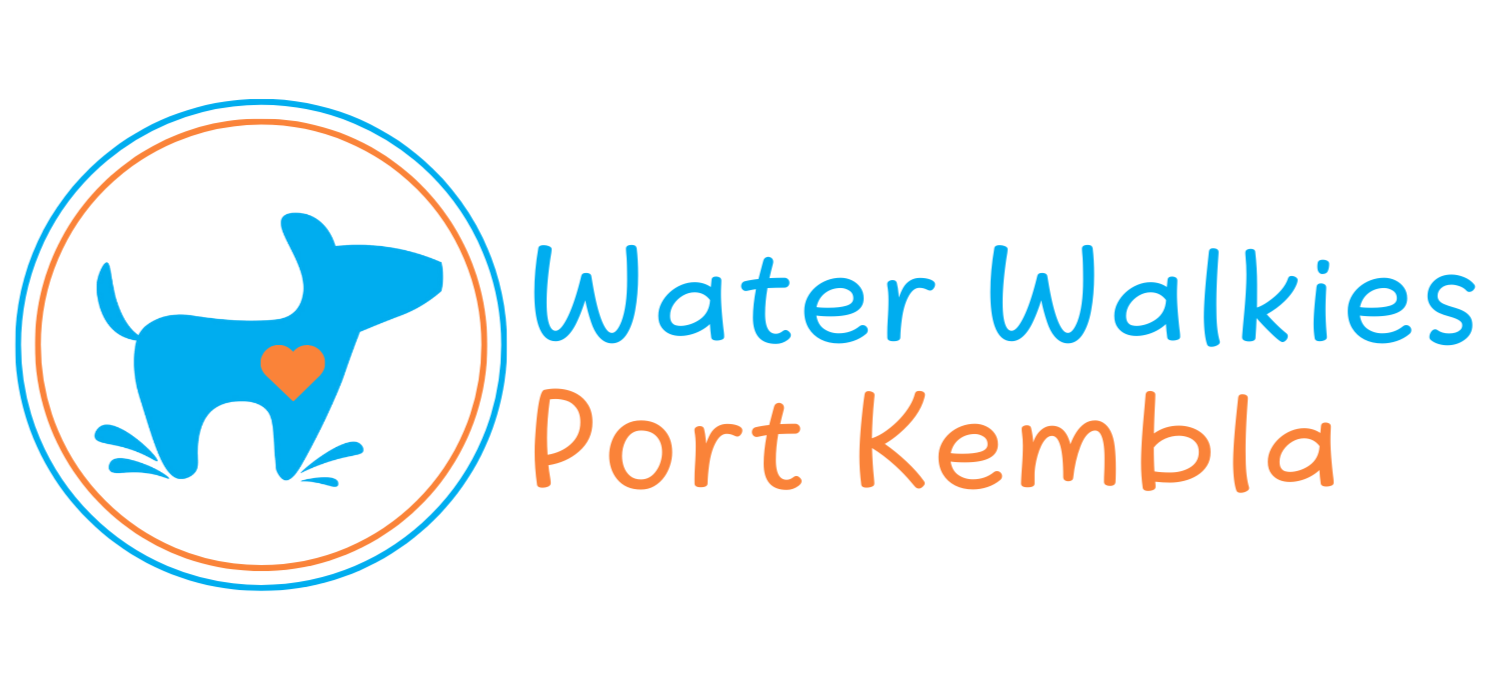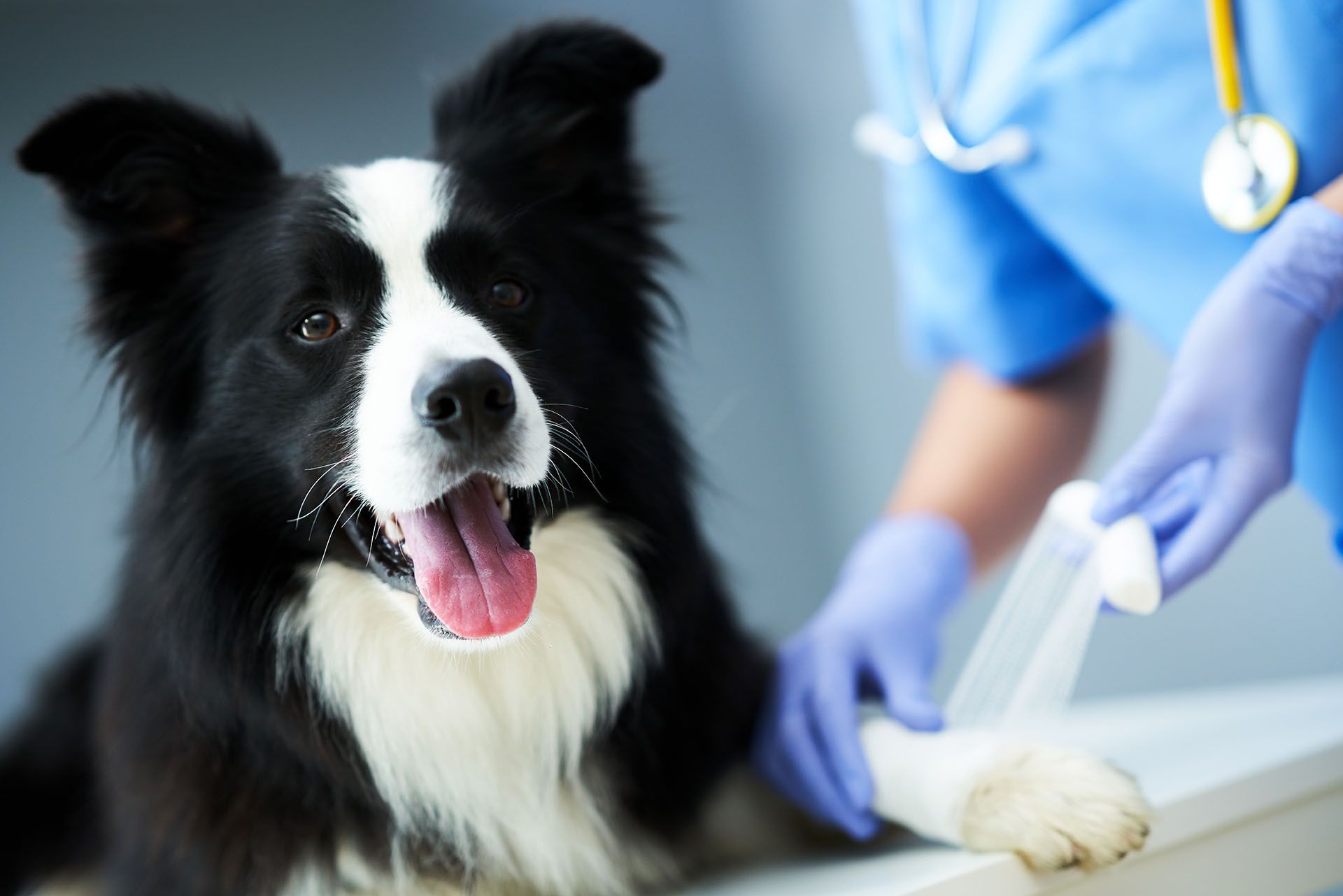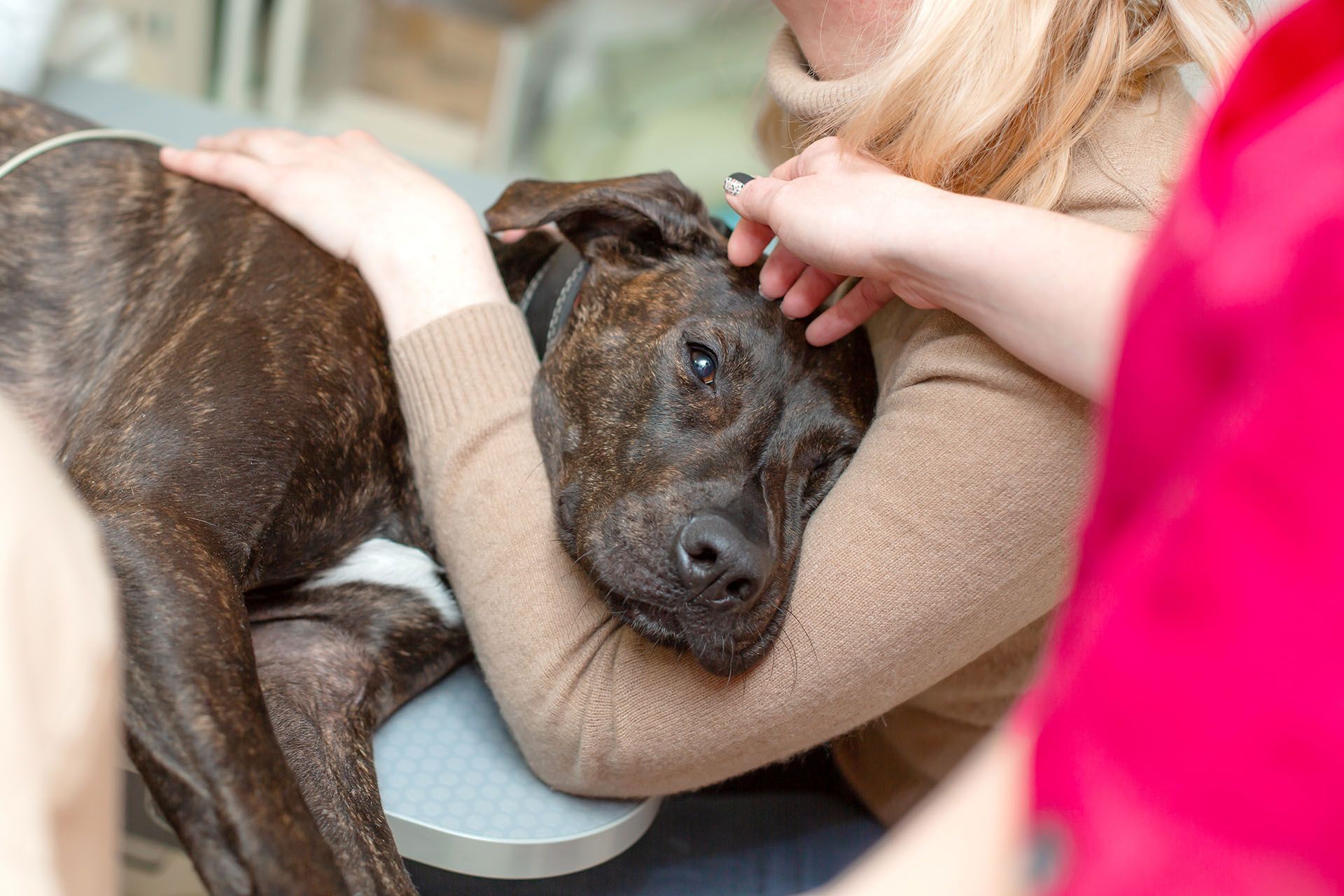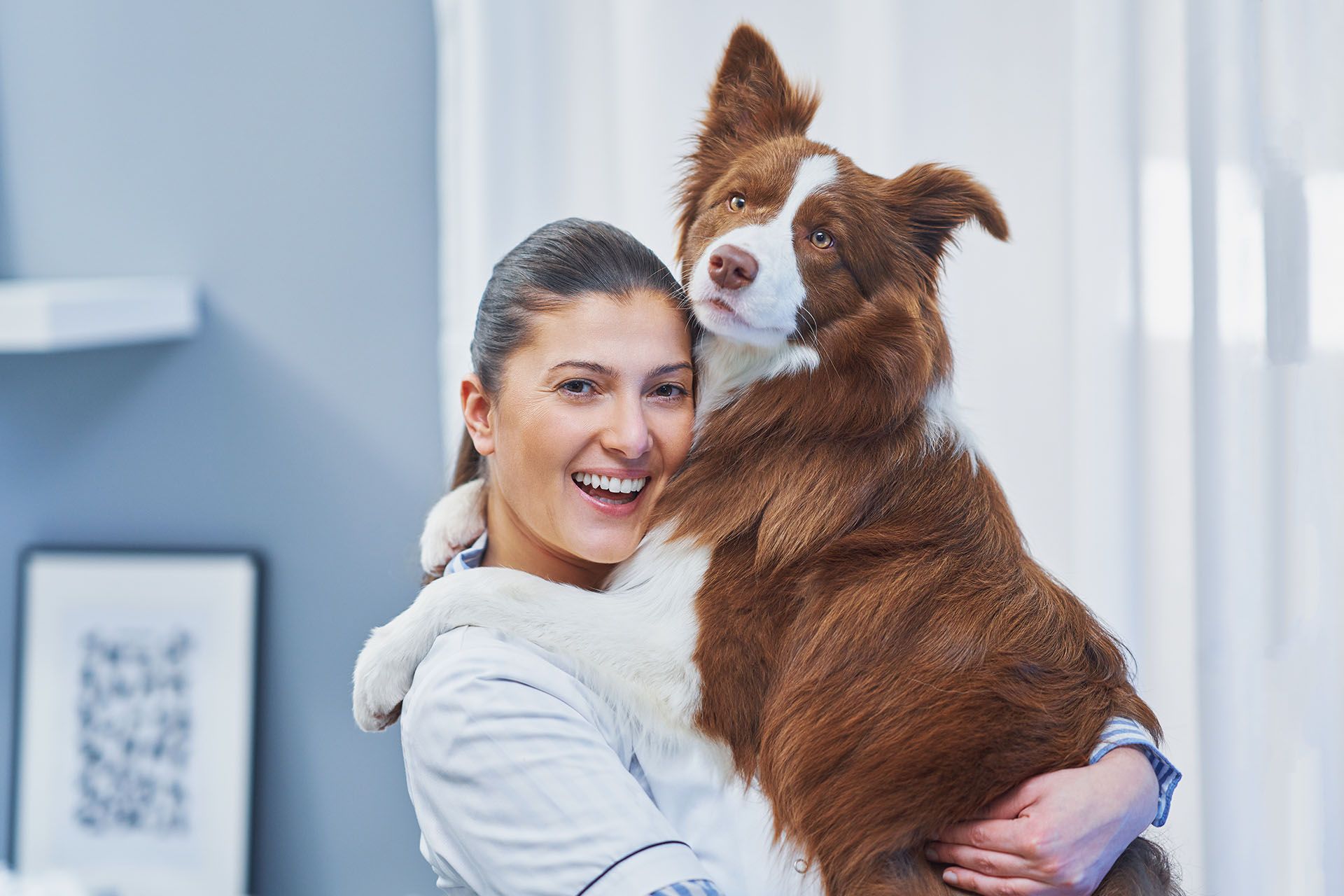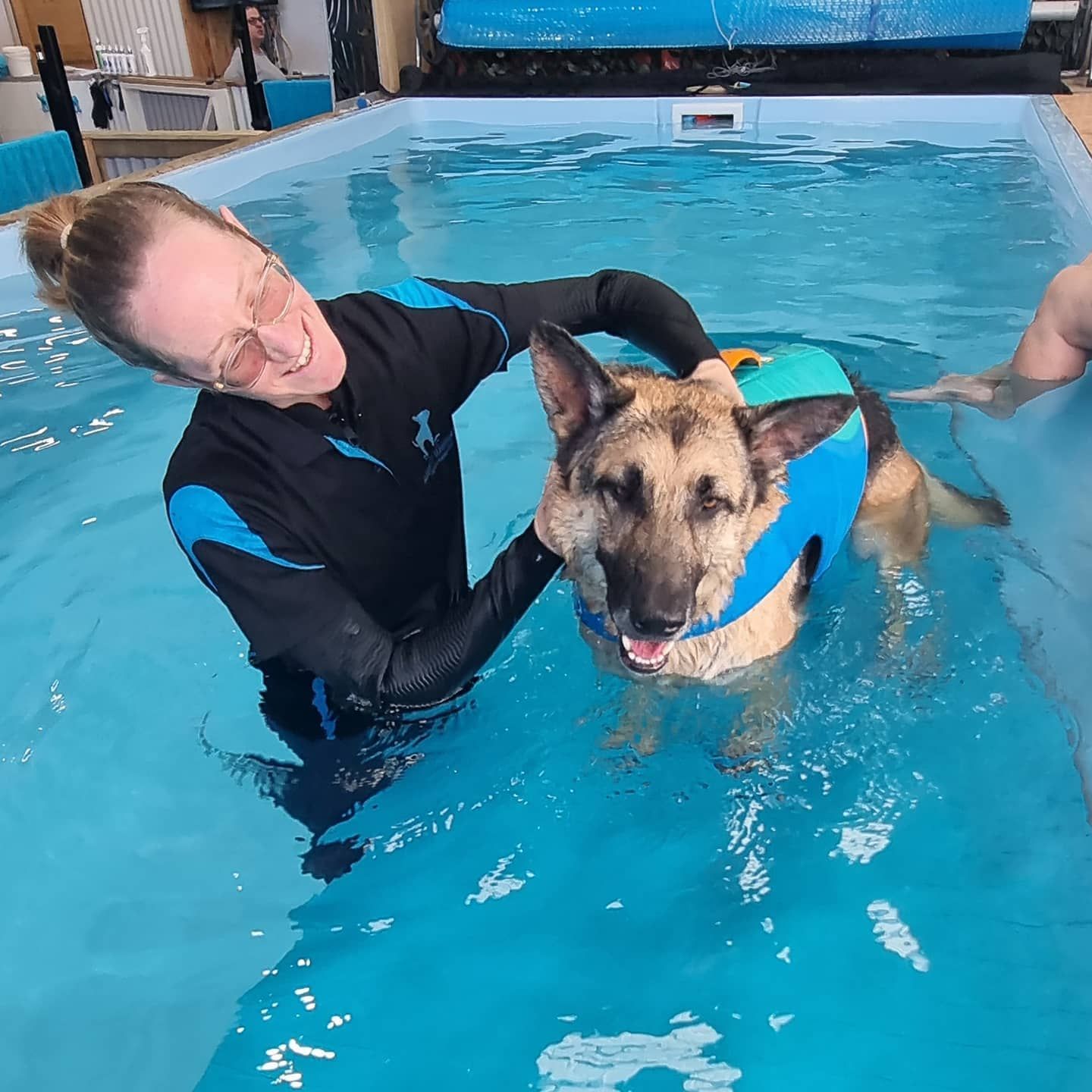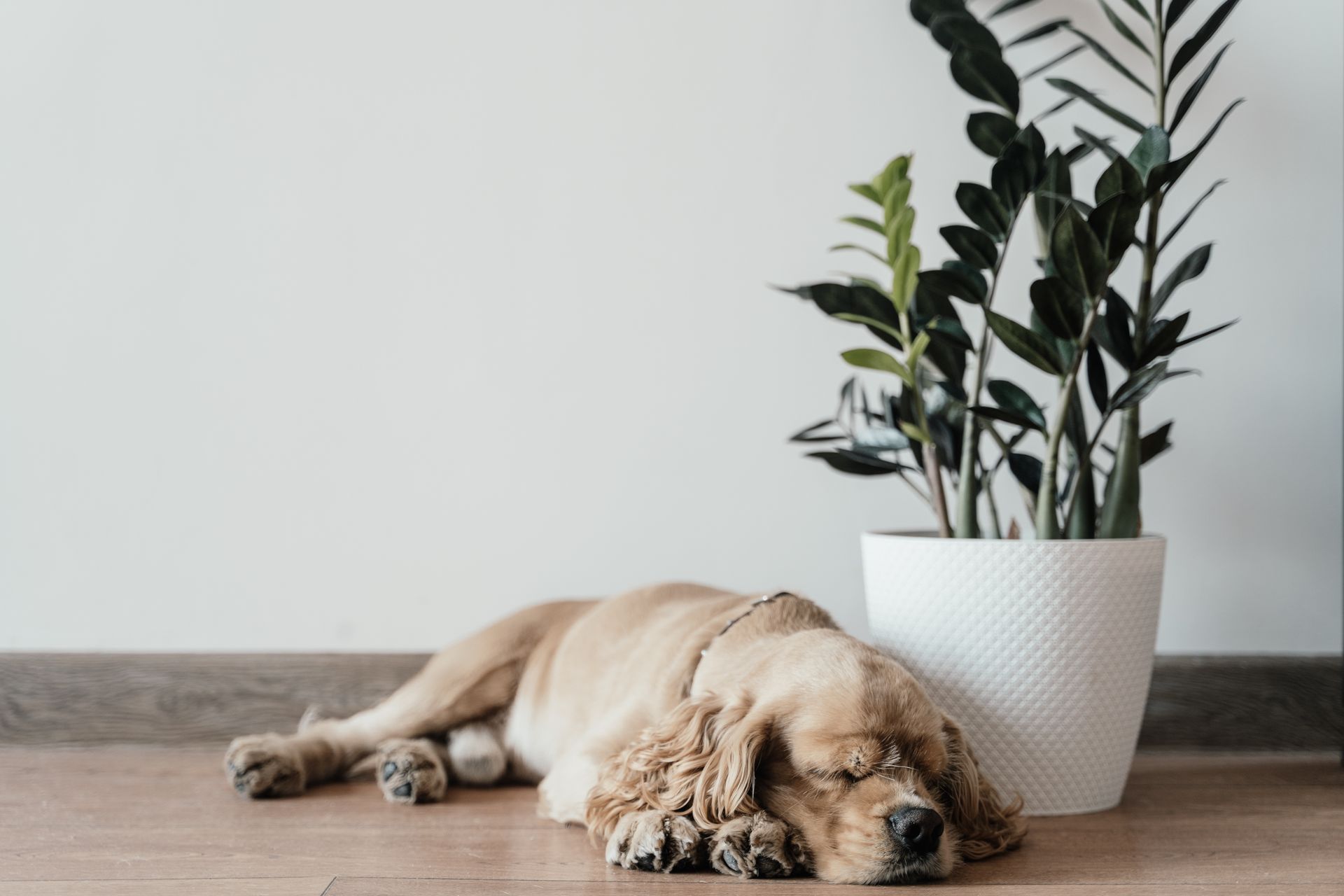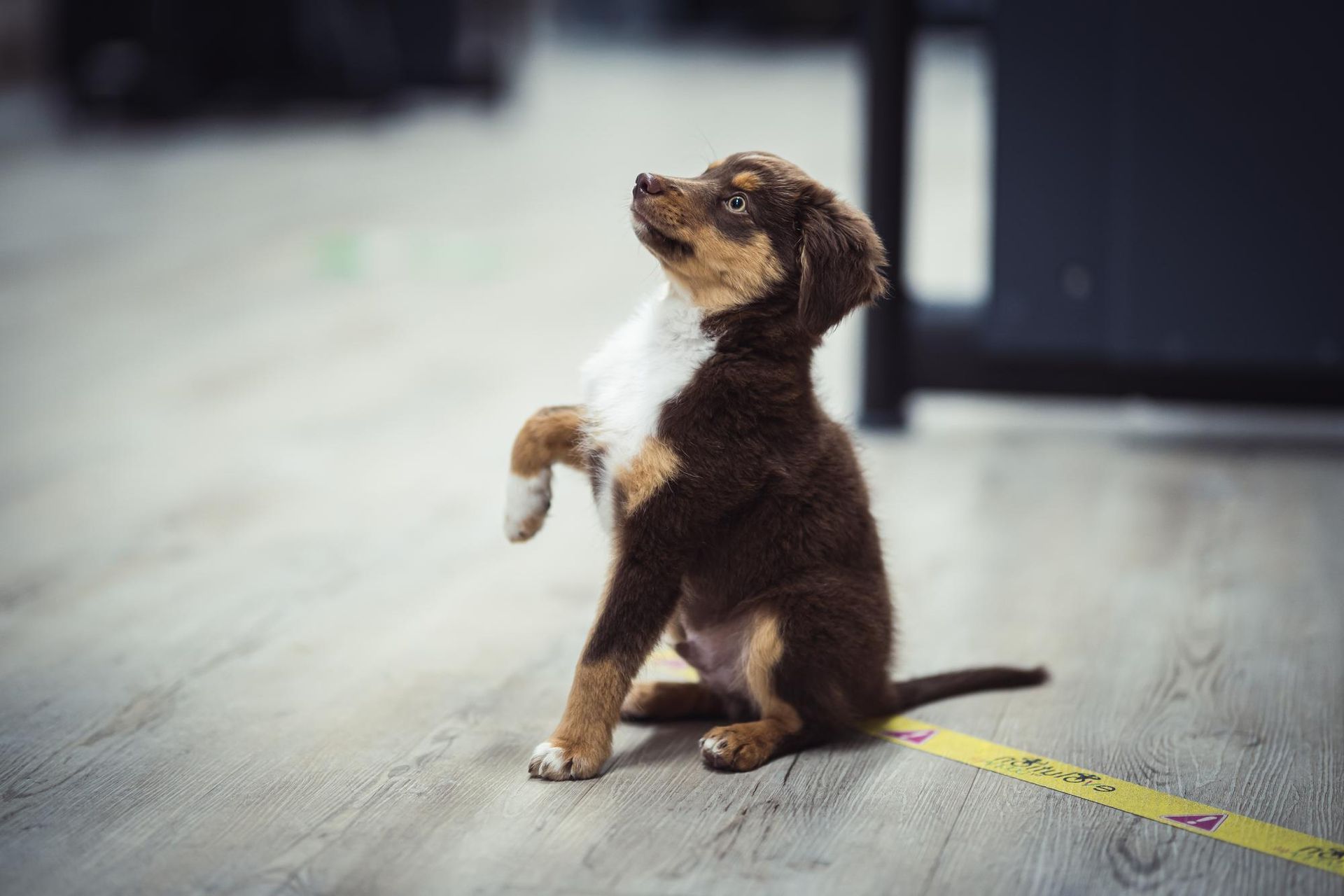Hydrotherapy for the Management Of Canine Obesity
Obesity is not just something that affects humans – it also poses a problem for our four-legged friends. In this article, we will discuss the issues surrounding this condition and how we use hydrotherapy for the management of canine obesity.
What is canine obesity?
According to the RSPCA, obesity is “an excess of body fat that is enough to impair health, welfare, and quality of life.” Obesity is officially classed as a disease, both in humans and in animals. According to the Australian Veterinary Association, over 40% of dogs are overweight. If unchecked, a mildly overweight dog can progress into an obese one.

What causes obesity in dogs?
The most common cause of obesity in dogs is a lifestyle of overeating and under-exercising. Simply put, if the calories consumed are greater than the calories expended, a dog will gain weight. An overweight dog that does not have this imbalance corrected will often end up becoming obese. There are factors that can contribute to a dog gaining weight, including:
- Certain medications (some which cause lethargy, or an increased appetite, which then leads to over consumption).
- Hormone issues that affect metabolism and cause weight gain in dogs.
- Certain breeds have more of a tendency to become overweight than others
- Age. As dogs get older, they require less calories and their diet should be adjusted accordingly, whilst making sure they get their nutritional needs met.
- Whether they are desexed or not. A neutered dog actually has a slower metabolic rate and therefore needs less calories.
- The presence of other household pets. This can impact whether a dog has another pet to play with which may increase their physical activity levels. A single pet is also more likely to be “spoiled” by their owners and potentially be overfed. Some dogs eat more because of the presence of another dog, which can drive them to exhibit behaviours such as resource guarding.
- The owners lifestyle habits – inactive owners often leads to inactive dogs.
Weight gain in dogs can occur gradually and it’s often the case that owners don’t actually recognise that their pet has become obese. A vicious cycle can ensue, where an overweight dog experiences excess load on their joints that causes pain and discomfort, which means they exercise less (and burn less calories). The owner may then feel sorry for their dog who is feeling joint pain and less mobile than they used to be and use food and treats as a tool to cheer them up. The extra treats contribute to higher calorie intake and the cycle continues.
What problems does obesity cause for dogs?
An obese dog is at a greater risk for a number of serious health complications. Obesity can lead to diabetes, skin issues, respiratory and heart disease, increased blood pressure and cancer risk, hormone problems, an increase in the load placed on joints (leading to injuries and arthritis), reduced tolerance of heat or exercise and a greater risk of complications under anaesthetic. In a nutshell, obesity reduces your dog’s quality of life.

Can hydrotherapy help dogs lose weight?
Many of our clients start at Water Walkies due to injury or joint issues and are already carrying extra weight. Hydrotherapy for management of canine obesity is a safe and effective tool. Swimming is a great way of helping dogs to lose weight as it uses energy whilst strengthening muscles at the same time. The non-weight bearing nature of exercising in water means overloaded joints are protected so it is both more comfortable for the overweight animal as well as reducing the risk of injury sustained during exercise. The resistance that water provides makes every movement more effective for burning calories than if it were performed on land. It is this added resistance and reduction in weight-bearing that makes exercising on an underwater treadmill so valuable for dogs.
How to get an obese dog back in shape:
A common issue for pet owners who are trying to reduce their dog’s weight is that they feel it is difficult not to give their dog treats. Treats are used as training aids and rewards as well as being a simple way for a pet owner to show their affection for their furry loved one. Engaging in enthusiastic play, verbal affection or mental stimulation (such as hiding a favourite toy to be sniffed out) are other ways for owners to engage with their dog in a positive and loving way. If you do need to use food treats, try to use low-calorie, high-quality pet treats in small amounts.
Safe weight loss for dogs should be a gradual process – ideally 1% of their body weight per week. Regular exercise for dogs is just as important for their mental stimulation as it is for their physical health. Walks provide new smells, sounds and experiences as well as socialisation. Many undesirable behaviours such as chewing, digging and excessive barking are reduced when a dog is receiving regular exercise and mental stimulation. For some dog owners, taking their dog for a walk may have become difficult due to their own health conditions, a change in living situations or other life events. If regularly walking your dog is problematic, there are other ways you can help your dog be more active, including:
- Playing with your dog in the backyard by throwing a ball, chasing the hose or a game of tug-o-war
- Swimming in a backyard pool (always with supervision) or a canine hydrotherapy pool
- Enrolling your pooch in doggy daycare
- Hiring a professional dog walker
- Hiding (small and low calorie) smelly treats in a sand pit or around the home and making a game of “find the treats”. This is a great way to feed your dog their daily portion of dry food to keep them mentally and physically engaged rather than just filling their bowl.
If you notice that your fur-child is gaining weight, it’s easier to address it sooner than later before letting obesity-related health complications develop. Chat to your vet about the best weight loss approach for your dog or feel free to reach out to our canine hydrotherapists here at Water Walkies. All of our clients are required to complete a veterinary clearance before starting sessions with us so we can liaise with your vet to discuss the best approach.
How to get an obese dog back in shape:
A common issue for pet owners who are trying to reduce their dog’s weight is that they feel it is difficult not to give their dog treats. Treats are used as training aids and rewards as well as being a simple way for a pet owner to show their affection for their furry loved one. Engaging in enthusiastic play, verbal affection or mental stimulation (such as hiding a favourite toy to be sniffed out) are other ways for owners to engage with their dog in a positive and loving way. If you do need to use food treats, try to use low-calorie, high-quality pet treats in small amounts.
Safe weight loss for dogs should be a gradual process – ideally 1% of their body weight per week. Regular exercise for dogs is just as important for their mental stimulation as it is for their physical health. Walks provide new smells, sounds and experiences as well as socialisation. Many undesirable behaviours such as chewing, digging and excessive barking are reduced when a dog is receiving regular exercise and mental stimulation. For some dog owners, taking their dog for a walk may have become difficult due to their own health conditions, a change in living situations or other life events. If regularly walking your dog is problematic, there are other ways you can help your dog be more active, including:
- Playing with your dog in the backyard by throwing a ball, chasing the hose or a game of tug-o-war
- Swimming in a backyard pool (always with supervision) or a canine hydrotherapy pool
- Enrolling your pooch in doggy daycare
- Hiring a professional dog walker
- Hiding (small and low calorie) smelly treats in a sand pit or around the home and making a game of “find the treats”. This is a great way to feed your dog their daily portion of dry food to keep them mentally and physically engaged rather than just filling their bowl.
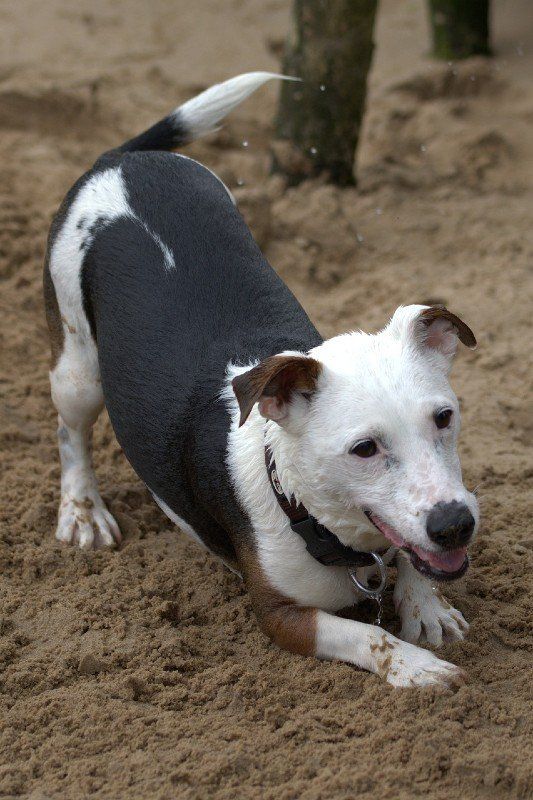
If you notice that your fur-child is gaining weight, it’s easier to address it sooner than later before letting obesity-related health complications develop. Chat to your vet about the best weight loss approach for your dog or feel free to reach out to our canine hydrotherapists here at Water Walkies. All of our clients are required to complete a veterinary clearance before starting sessions with us so we can liaise with your vet to discuss the best approach.
